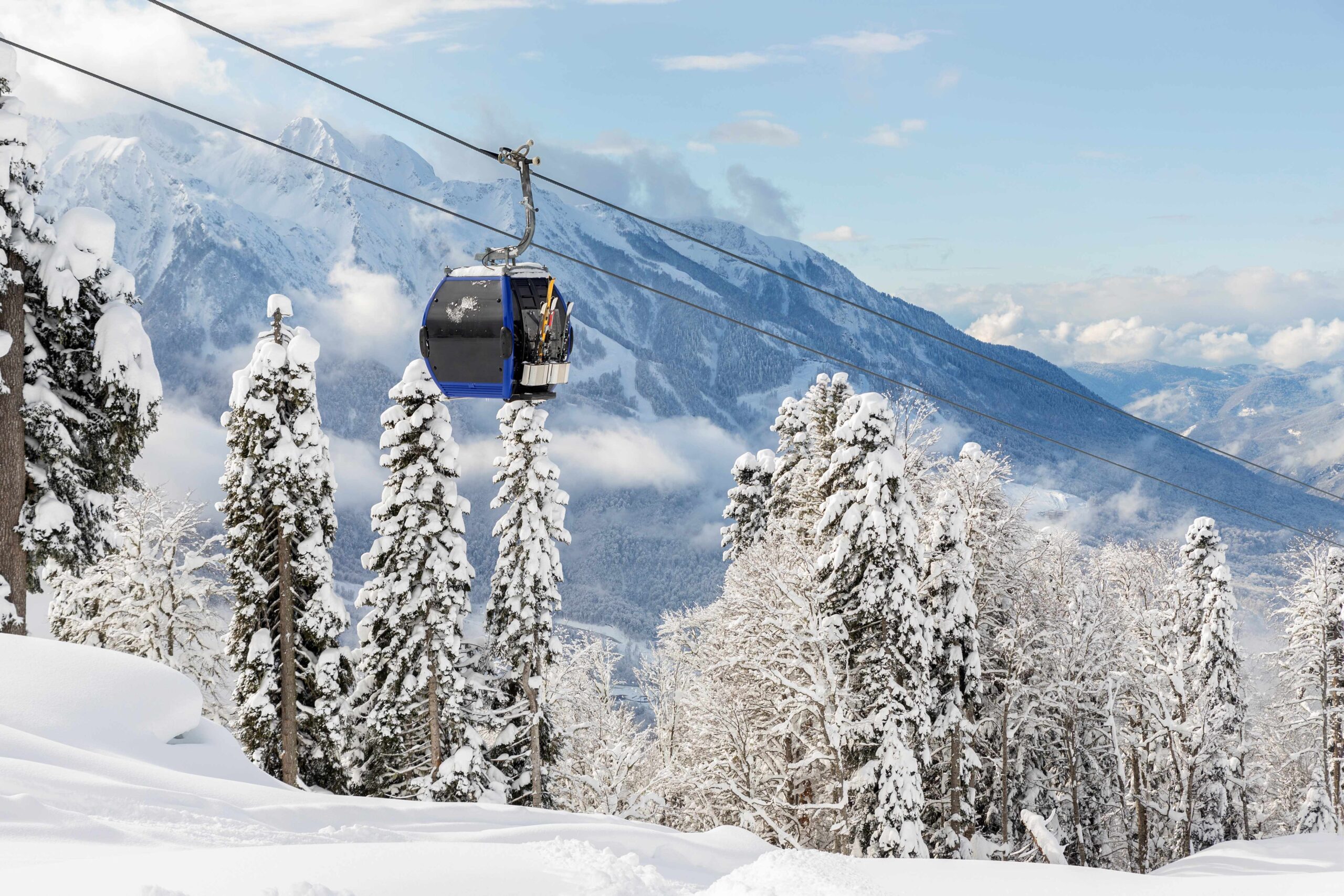No roads lead directly to Zermatt — not in the way you might expect. There’s a train, an electric shuttle, maybe a short walk through snow if your timing is off. And that is part of the point. The absence of cars doesn’t feel like a gimmick here; it feels like a boundary. One that frames everything that happens inside.
People come for skiing in Zermatt, yes, but they often stay for something harder to name. For the air, perhaps, or the silence between gondola arrivals. On Fridays, just past 16:00, you’ll see groups in ski boots and thermal tops weaving past cafés, moving from slope to bar without pause. It’s chaotic in a quiet way. Then again, maybe it only looks that way from the outside — from the train window, say, as you arrive just a little too late.
The Car-Free Charm of Zermatt
There are no private cars in Zermatt. Not since the early 20th century, when local policy took a turn most alpine villages didn’t dare. Only electric taxis, horse-drawn carriages, and the occasional delivery cart make their way through town. This isn’t simply a rule. It’s a rhythm.
For visitors, this shift is palpable. You step off the train and notice your pace slowing without permission. There’s no engine hum. No rush to cross. Shops open their doors quietly, and the air tastes faintly of pine and metal. It changes your posture. Even luggage wheels roll differently here — not out of haste, but in sync with stone.
This quietness might seem incidental, but it shapes how tourism unfolds. Conversations last longer. Dinner stretches past expected hours. The town doesn’t just invite rest; it insists on it.
How Skiing Shapes Daily Life
Zermatt is built around skiing, but not like a theme park built around a rollercoaster. It’s more embedded than that. Lifts operate with the same predictability as church bells. Children learn their balance on snow before pavement. And the local weather report isn’t just small talk — it dictates the day’s shape.
By 8:30, the gondolas are filled with skiers layered in colors and routines. There’s always someone drying their goggles on a sleeve. Always a teen too tired for the early run. By noon, cafés near Sunnegga fill with boots clicking against wood. Some talk, some nap. It doesn’t matter.
And then, as slopes start to empty, the town exhales. Steam from saunas. Footsteps in rented slippers. You begin to understand that skiing in Zermatt isn’t an activity. It’s a framework.
Alpine Culture and Local Rhythm
Culture here doesn’t arrive with tourists — it’s what remains when they leave. The alpine village Switzerland postcards dream of is still functioning underneath. Family-run chalets, bakeries that close for lunch, local festivals no one translates.
There’s a sense of cycle, not just season. Summer hikers give way to autumn stillness. Then snow. Then the crowd. Then silence again. And it’s not all nostalgia. There are ski instructors with Bluetooth headsets. There are vegan options. But the base rhythm hasn’t shifted.
You hear it most clearly in late March. When après-ski crowds thin out and locals sit longer in cafés. That’s when the village catches its breath. And if you’re listening closely, you can hear it exhale.
Why Zermatt Remains a Winter Icon
It would be easy to say that the Matterhorn does all the work — that the mountain’s silhouette guarantees fame. But no one skis a silhouette. What keeps Zermatt in motion each winter is the coherence between the place and the pace.
You can feel it when the lifts open at dawn and close exactly on time. You can see it in how boots are stacked by the lodge doors. You can smell it in the snow — some mix of ozone and wood smoke and something else you can’t quite name.
And yes, the tourists keep coming. Some return every year, others stay once and never forget. But it’s not the view they recall first. It’s something slower. Something that, for a while, made them feel like part of the rhythm — even if just until the train took them away.
